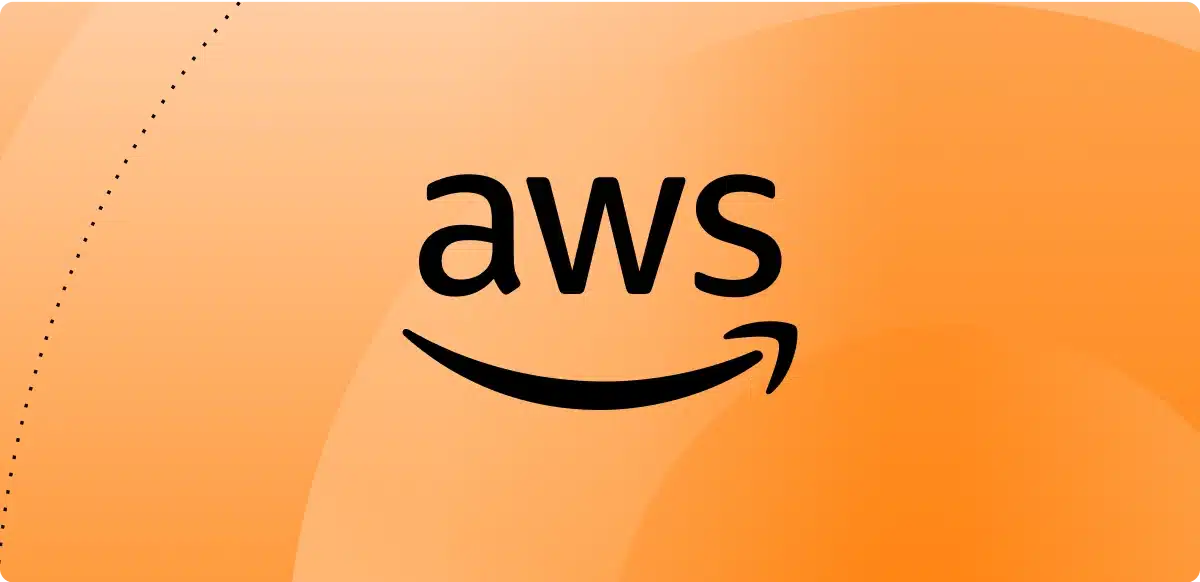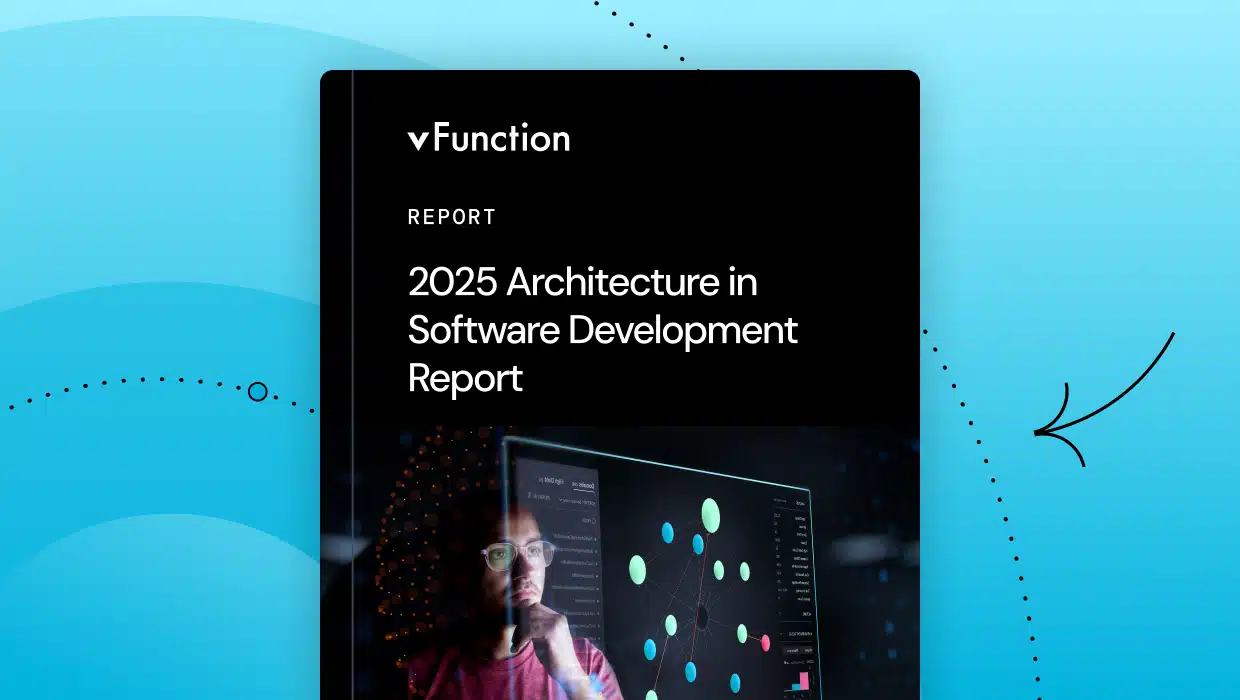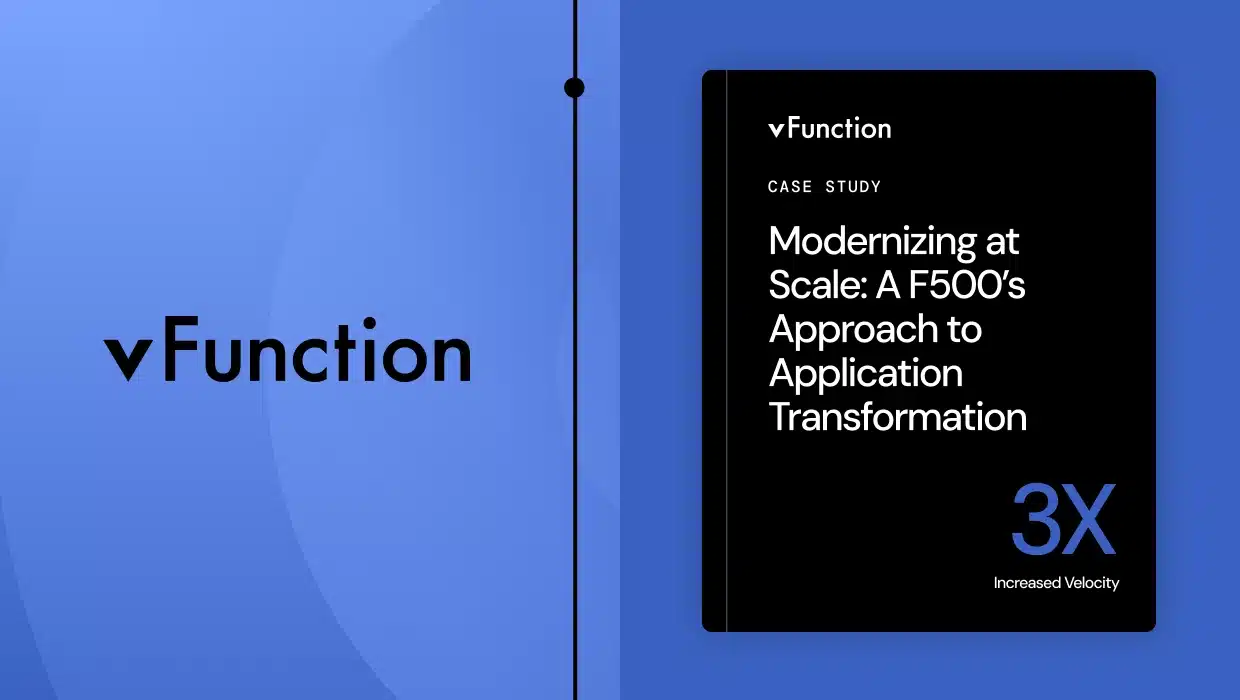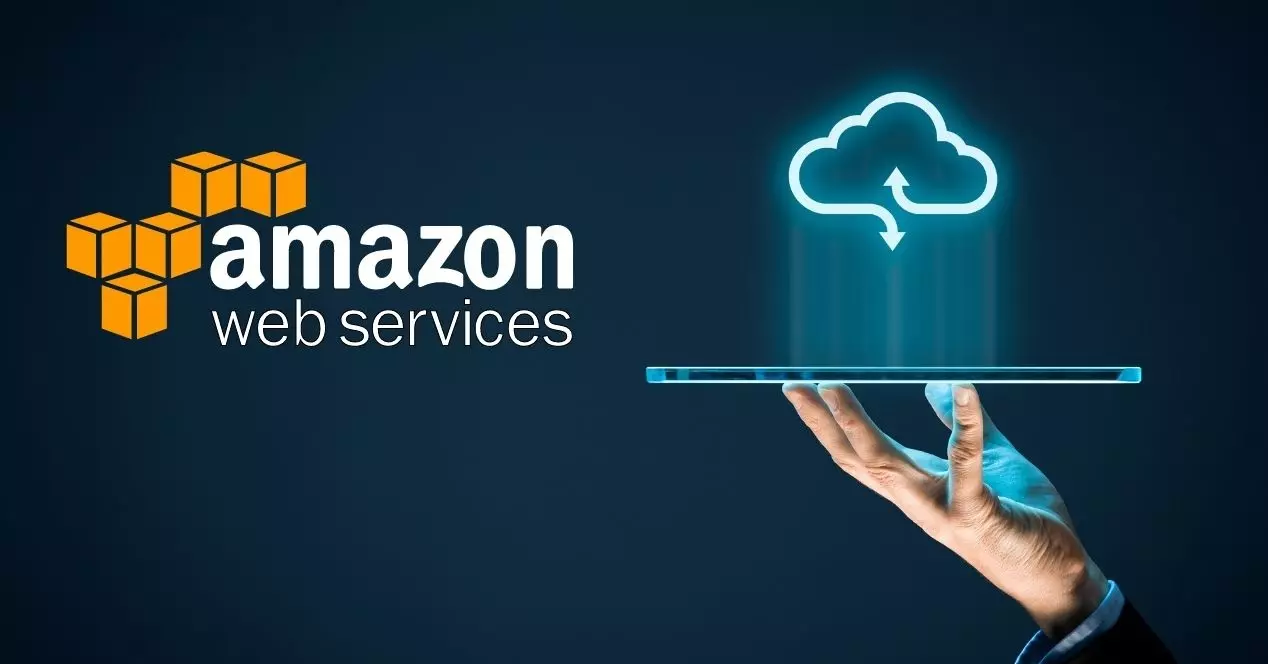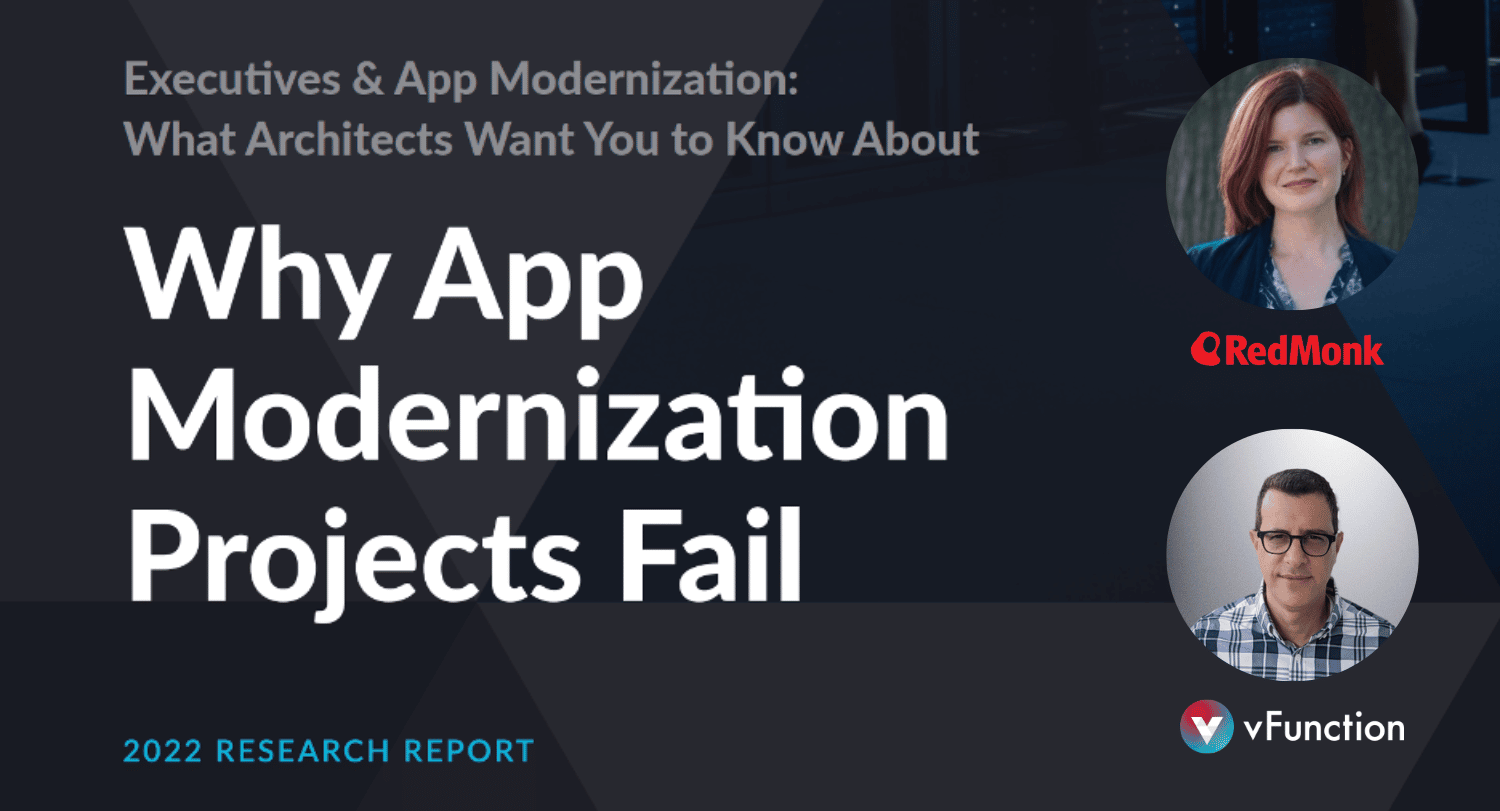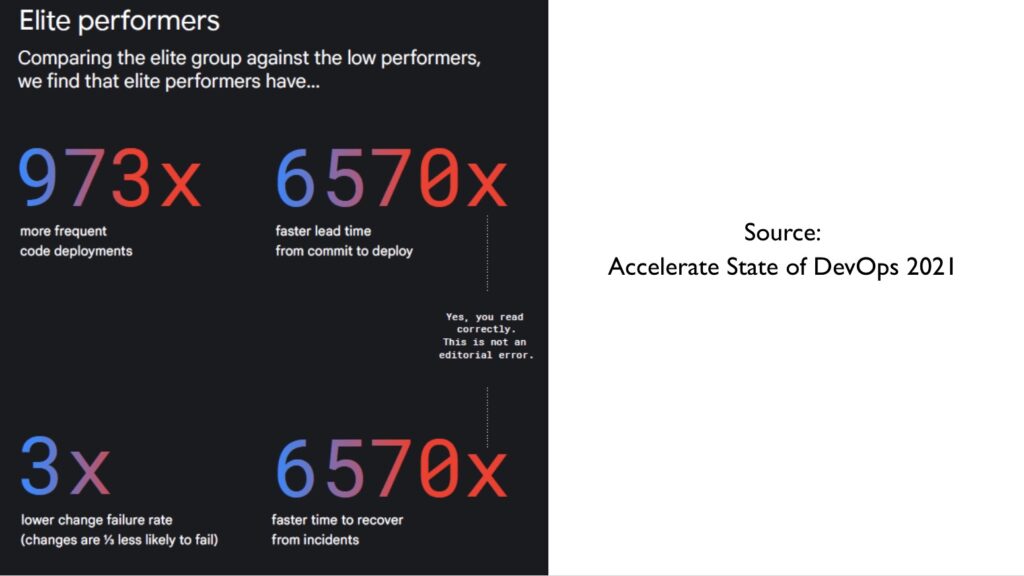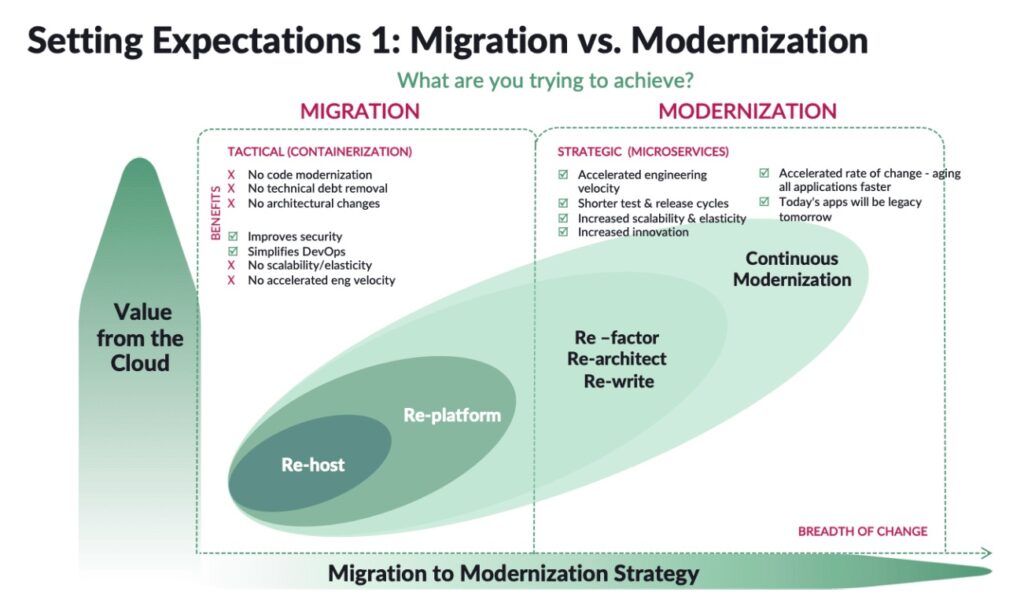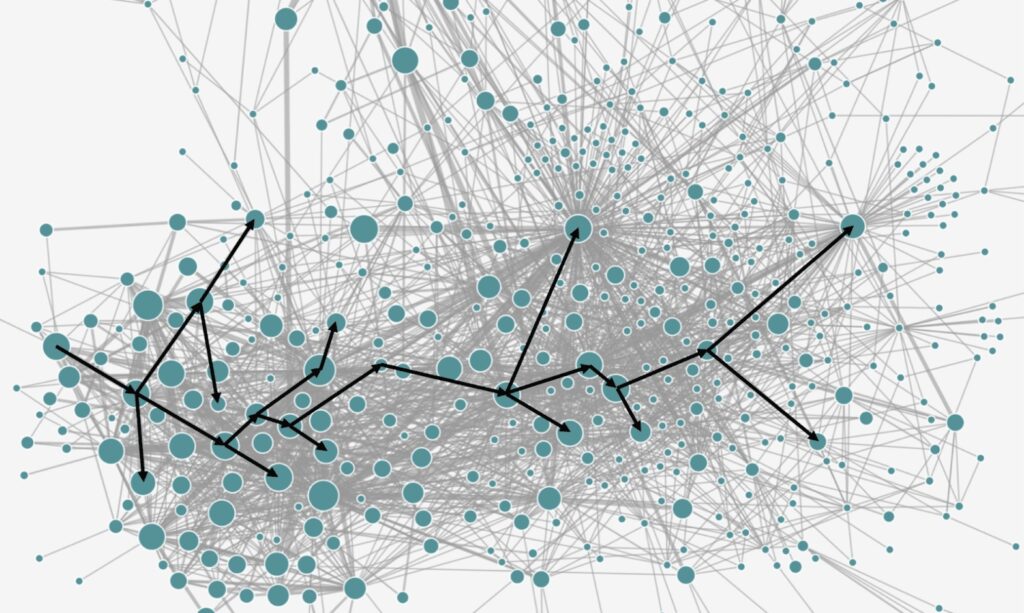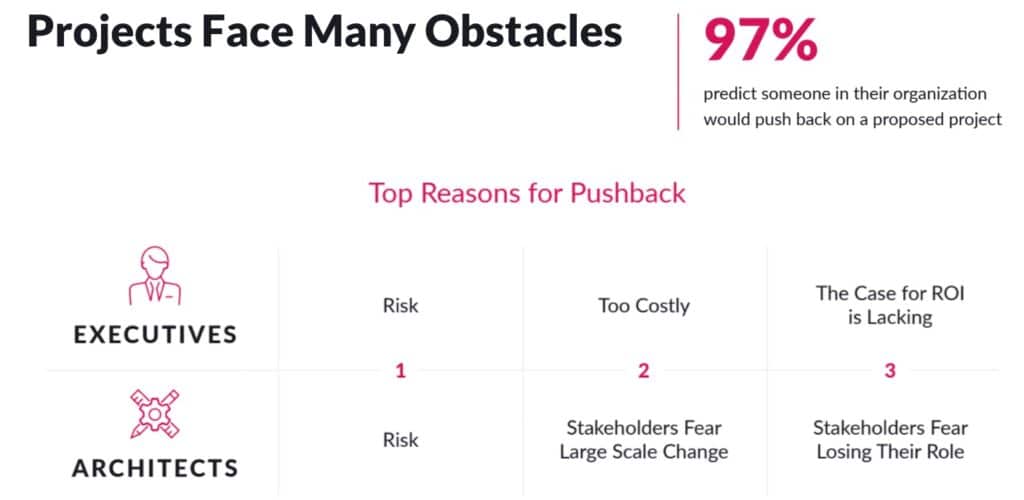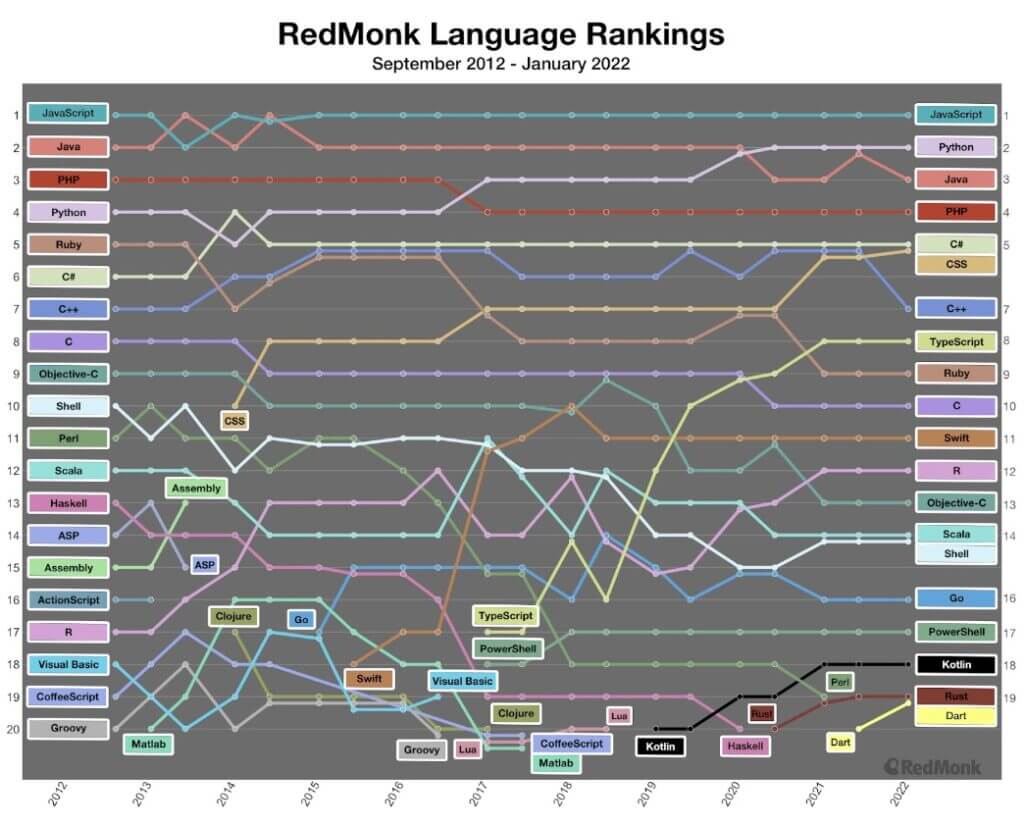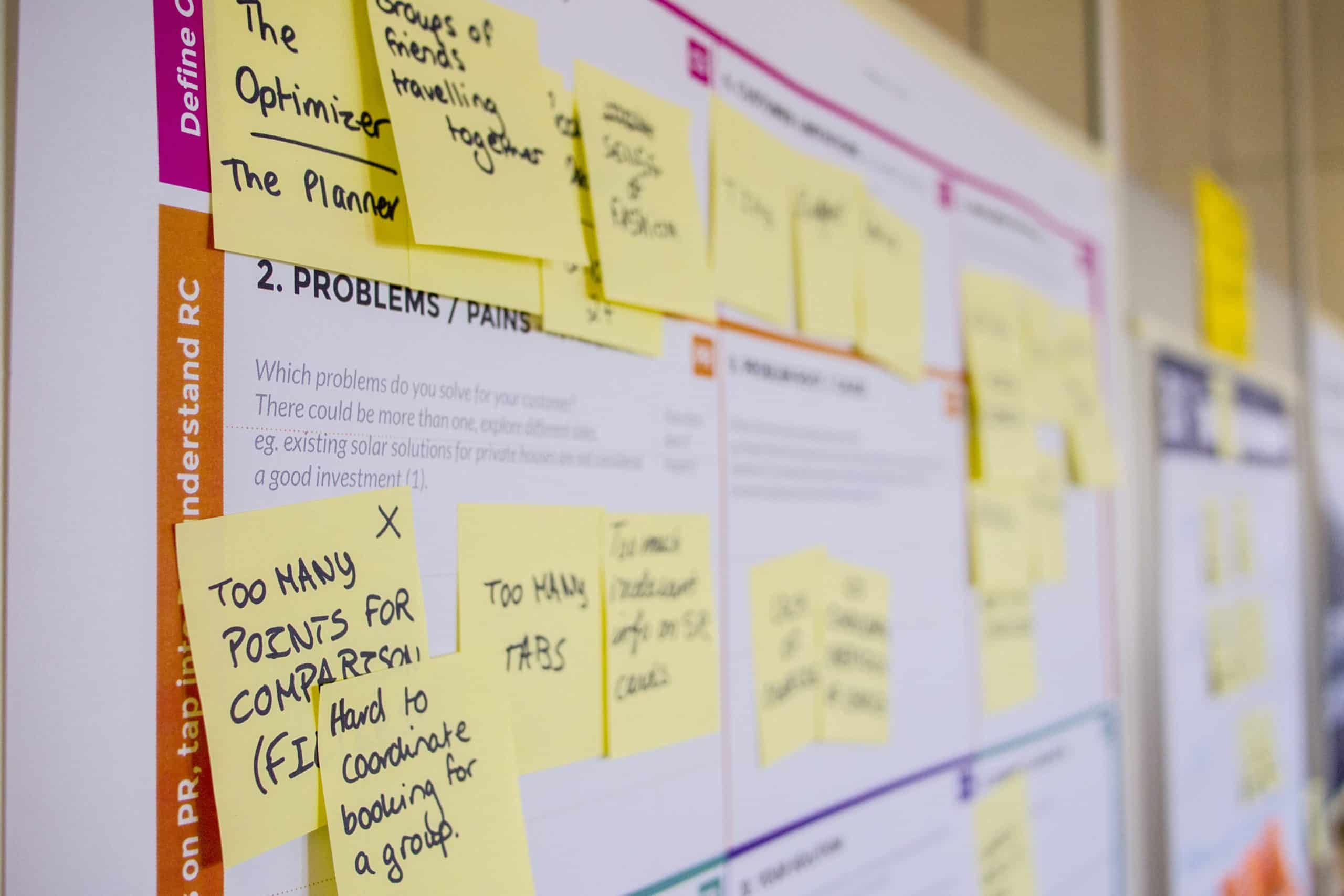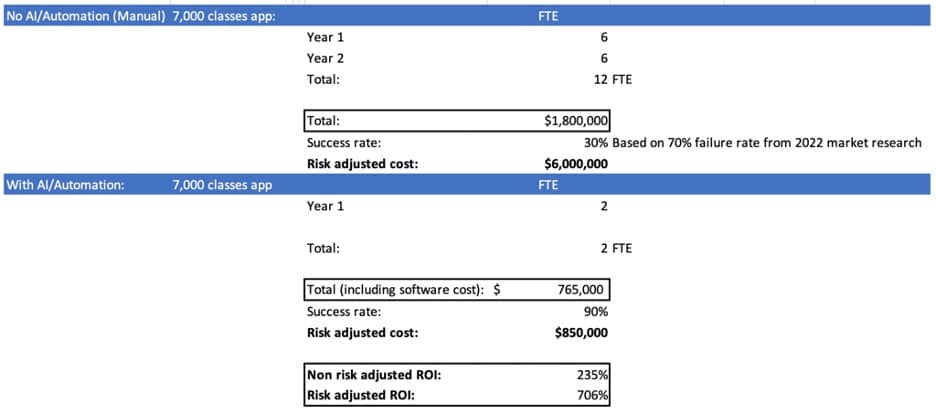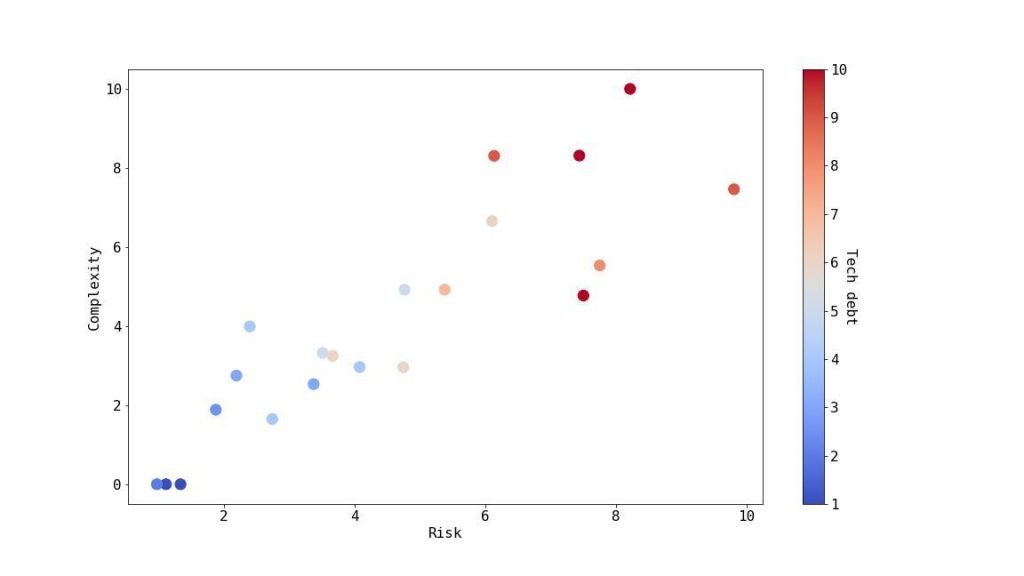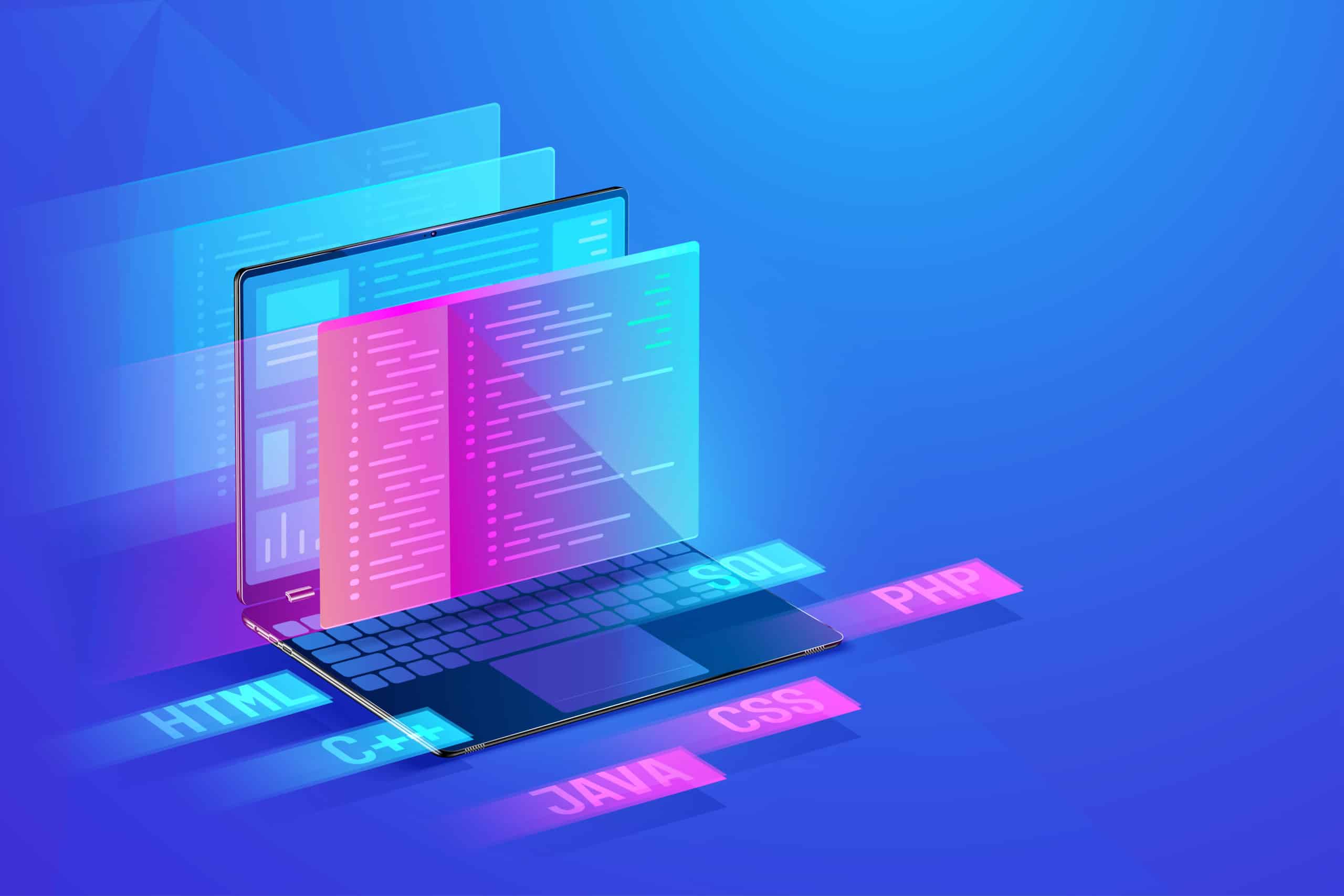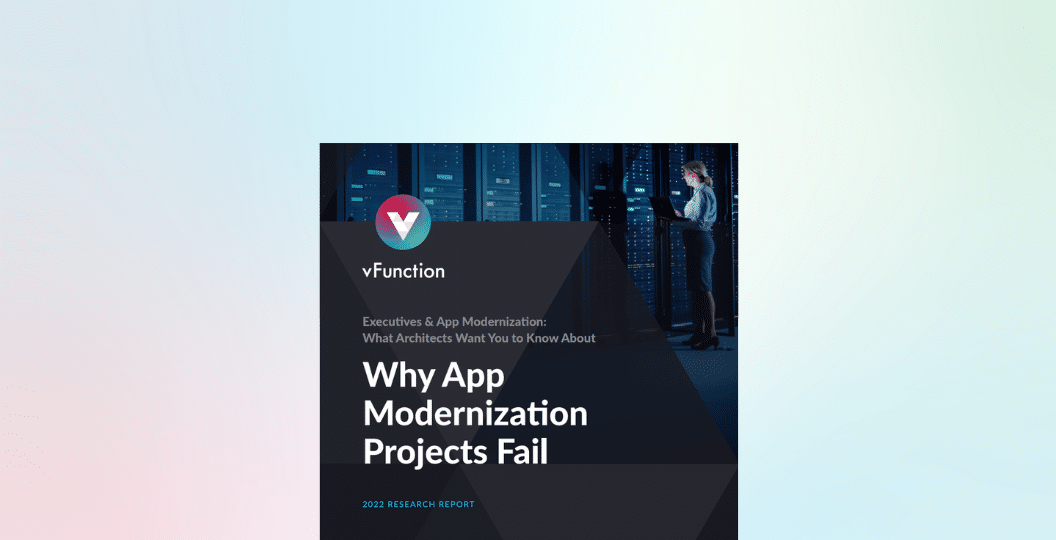
Many companies still depend on legacy applications for some of their most business-critical processing. But those apps typically don’t support the kind of technological agility that’s needed for continuing success in today’s ever-changing marketplace environment. That’s why modernizing legacy apps is an accelerating trend among leading companies.
But app modernization is not easy—it requires highly skilled developers who understand both the legacy app and the modern cloud ecosystem. Assembling such a team on-site can be difficult. It’s often easier to find the needed skills and organize the team for maximum effectiveness if team members can work remotely. According to Forbes, which declares that remote work is the new normal,
“When it comes to the tech workforce, it takes more than simply offering remote opportunities to get employees motivated. Employers must embrace flexibility and build (or reinforce) a strong, supportive remote work culture to ensure teams are engaged and high-performing.”
That’s why understanding how to assemble and manage remote legacy app modernization teams is vitally important.
The Goal of App Modernization: From Monoliths to Microservices
Legacy apps are often a severe drag on a company’s ability to innovate at the pace required in today’s fast-changing marketplace and technological environments. That’s because such apps are typically monolithic, meaning that the codebase is organized as a single unit.
Because various function implementations and dependencies are interwoven throughout the code, an attempt to change any specific behavior could impact the entire application in unexpected ways, potentially causing it to fail.
When legacy apps are used for a company’s most important operational processes, such failures cannot be tolerated. When they occur, development teams may be required to stop work on the innovations that are so necessary to a company’s continued marketplace success and take an all-hands-on-deck approach to fixing the problem as quickly as possible.
In contrast to the typical legacy app, software based on a cloud-native microservices architecture can be updated far more easily and safely from remote locations. Microservices are small units of code that perform a single task. Because they are designed to function independently of one another, changes made to one microservice can’t ripple through the rest of the application. That’s why restructuring a legacy app from a monolith to a microservices architecture gives it a much greater level of adaptability.
The goal of legacy application modernization is to substantially improve an app’s adaptability and maintainability by restructuring its codebase from a monolith to microservices.
Related: Application Modernization and Optimization: What Does It Mean?
How System Architecture Correlates With Organizational Structure
In 1967 Melvyn Conway formulated what’s come to be known as Conway’s Law:
Any organization that designs a system (defined broadly) will produce a design whose structure is a copy of the organization’s communication structure.
Software engineer Alex Kondov highlights the practical implications of Conway’s Law:
Imagine a small company with a handful of engineers all sitting in the same room. They will probably end up with a more tightly coupled solution that relies on their constant communication. [In other words, a monolith].
A large company with teams in different time zones working on separate parts of the product will need to come up with a more distributed solution. That will allow them to work autonomously, build and deploy without interfering with each other… An organization in which teams need to operate in a fully autonomous manner would naturally come to an architecture like microservices.
The organizational structure of your legacy app modernization team will determine the kind of software it ultimately produces. Although you may aim at creating a microservices-based application, if your team is organized in the tightly-coupled manner of Kondov’s first example, it will be more predisposed towards a monolithic application architecture rather than a microservices architecture.
Optimizing Your Team’s Structure to Support Microservices
The principles of Domain-Driven Design (DDD) provide a useful framework for organizing legacy app modernization teams. As Tomas Fernandez explains,
“Domain-Driven Development allows us to plan a microservice architecture by decomposing the larger system into self-contained units, understanding the responsibilities of each, and identifying their relationships.”
According to María Gómez, Head of Technology for ThoughtWorks, examples of domains include broad business areas such as finance, health, or retail. Each domain may contain several sub-domains. The finance domain, for example, might have sub-domains of payments, statements, or credit card applications.
The DDD paradigm allows developers to identify the domains and subdomains that exist in a monolithic codebase, and draw the boundaries that delineate each service that will be implemented as a microservice. Every microservice embodies a single business goal and has a well-defined function and communications interface. This allows each microservice to run independently of any others.
Each team is fully and solely responsible for the microservices that they develop, and functions, to a considerable degree, independently of other teams. Once a team is made aware of the communications interface defined for each microservice, it can work independently and asynchronously without needing to interact with other teams about how their microservices are implemented.
This organizational pattern favors remote development teams. Each team needs a high degree of internal asynchronous communication as they work out the design of the microservice for which they are responsible. But less communication is needed between teams.
For that reason, remote, loosely-coupled development teams are perfect for converting monolithic legacy apps to microservices. But there are some potential pitfalls tech leaders should be aware of.
Related: What is a Monolithic Application? Everything you need to know
Challenges of Remote Teams
With all of the advantages remote development teams provide for the application modernization process, there are some definite challenges that IT leaders will have to overcome to make their use of such teams effective. Let’s take a brief look.
1. Work-Life Balance
Working remotely can affect work-life balance both positively and negatively: while ZDNet reports that 64% of developers say that working remotely has improved their work-life balance, 27% say that it’s difficult for them to unplug from the job.
Leaders must proactively help remote developers in this area. A big part of doing that is ensuring that goals and deadlines are realistic and that workers aren’t encouraged to spend what should be family or personal time on job-related activities.
2. Assessing Productivity and Progress
Because personal contact with workers is more constrained, leaders have less visibility into the productivity or progress of remote teams. Gaining that visibility may require more formal reporting arrangements, such as daily check-ins where workers report progress on their KPIs. Project management tools such as Trello or Asana can also help.
3. Communications
In the office, developers naturally consult and collaborate informally. That’s more difficult when they are working remotely. In fact, in Buffer’s 2022 State Of Remote Work survey, 56% of respondents identify “how I collaborate and communicate” as a top remote work issue, while 52% say they feel less connected to coworkers. Scheduling regular virtual team meetings using tools like Zoom or Google Chat can help.
4. Work Schedules Across Time Zones
It’s 9 am in San Francisco, and your West Coast team members are starting their workday, but team members in Europe are finishing theirs. How can a team collaborate across time zones? One approach is to focus on asynchronous communication methods, such as group chats and emails, that don’t require individuals to be online at the same time.
5. Company Culture
Company culture is absorbed most easily through face-to-face interactions with leaders and peers. The isolation inherent in remote work makes instilling that culture among team members difficult. John Carter, Founder of TCGen, offers this suggestion:
“Make the unconscious cues in the company culture conscious. Refer to them often and reinforce them. Company culture can follow your team members home, but only if it is made explicit and constantly reinforced.”
Why Remote Teams are the Future
Not only is the distributed nature of remote teams ideal for implementing distributed, cloud-based microservices applications, but they represent a trend that may redefine the IT landscape well into the future.
The COVID-19 pandemic accelerated the use of remote software development teams. As companies learned how to onboard, train, and manage a remote workforce, they realized that disregarding geographical limitations in their hiring allowed them to lower costs and increase quality by tapping into a wider developer talent pool. Bjorn Lundberg, Senior Client Partner at 3Pillar Global describes the trend this way:
“Contract workers, freelancers, and outsourced teams have been on the rise for a while now… As remote collaboration becomes a fixture of the modern workplace, American companies increasingly view outsourcing software development as an opportunity to extend their development talent without exhausting their budgets.”
Even full-time employees want to work remotely: according to the 2022 State of Remote Engineering Report, 75% of developers would prefer to work remotely most of the time.
How vFunction Can Empower Your App Modernization Teams
As we’ve seen, the ideal application modernization team should be relatively small. vFunction helps small teams maximize their effectiveness by providing an AI-enabled, automated platform that reduces the legacy app restructuring workload by orders of magnitude.
vFunction can automatically analyze complex monolithic applications, with perhaps millions of lines of code, to reveal hidden functionalities and dependencies. It can then automatically transform those apps into microservices.To see first-hand how vFunction helps remote application modernization teams maximize their effectiveness, request a demo today.
